When you have to carry out activities that respect the installation of pipes for both potable and wastewater networks, heating, among others, it’s more than essential to have tools that allow you to perform these jobs quickly and efficiently. Or at least a good plumber such as from A Alert Drain that will know how to make your problems and concerns go away.
Good tools make good plumbers, followed by wide knowledge and a high level of professionalism. They may often seem very common at first since some of them can easily be found in hardware stores or even in large supermarkets focused on DIY and construction tasks. You might have some of them at home as well – a spanner, for example. Others, however, are very specific and should only be used by a qualified professional. These mostly need to have some features so that a plumber can do his job effectively and in the shortest possible time.
Let’s take a look at the list of plumbing tools that every good handyman should know, possess and use in his daily work. If you’re thinking of doing some plumbing work, take note of the utensils you need.
1. Wrench or spanner
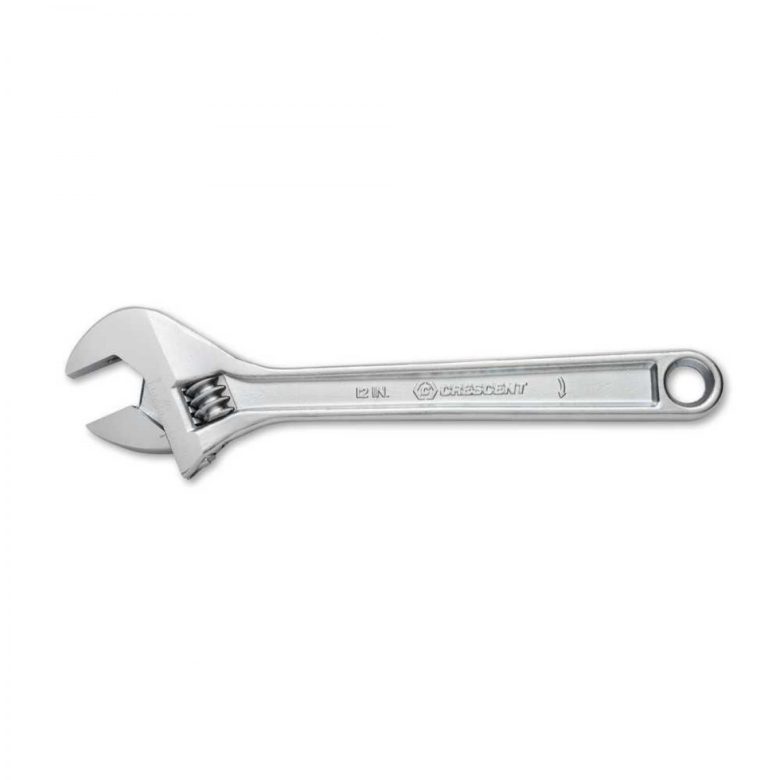
Img source: crescenttool.com
Although this is a tool used by other great professionals and craftsmen, such as carpenters and mechanics, among others, another sector that makes use of it is plumbing. With its adjustable opening that allows its adaptation to different sizes, it serves to tighten and loosen nuts and bolts. I bet you’re quite familiar with this one – everyone probably has it somewhere in the house.
Good wrenches are made of metallic materials which are providing them with significant durability and ability to be found in many different sizes. But in general, only the standard model – the one that could unscrew or screw any nut or bolt – is used . In this case it will only be useful with those parts that have straight sides, especially in those with hexagonal shape. Its use is super simple – you just need to place the item around the screw, adjust the size, and then turn the tool in order to loosen the bolt.
2. Pipe wrench
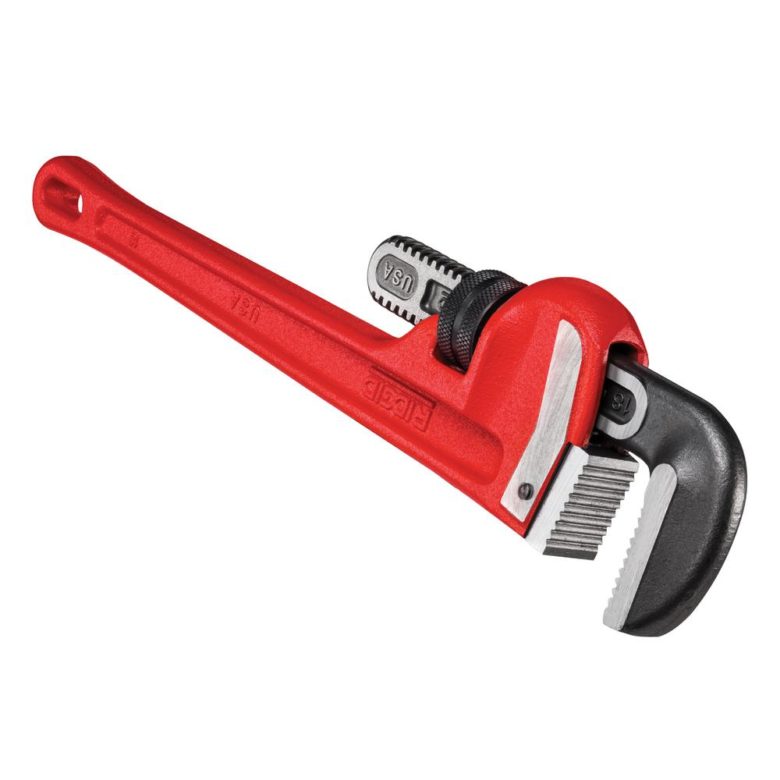
Img source: alibaba.com
Pipe wrench is very similar to the regular wrench or spanner – the only difference is that it’s specifically used to screw pipes and that it has many more improvements that come perfect for plumbing works. In addition, serrated and adjustable jaws allow stronger grip in round tubes or other cylindrical parts.
This tool is usually entirely made of metal – or steel, in recent years, which reduces its weight, improves handling, and keeps away the rust, taking minimal maintenance. With this utensil it’s possible to hold pipes and treat any material, since there are small teeth in its handles that attach to it. This is essential especially when working in an area full of water – if it did not have these teeth, it would probably slip and the plumber’s work would be slower and more expensive. It’s useful in all types of objects, regardless of their shape, since it works very well even on cylindrical surfaces.
3. Sink wrench
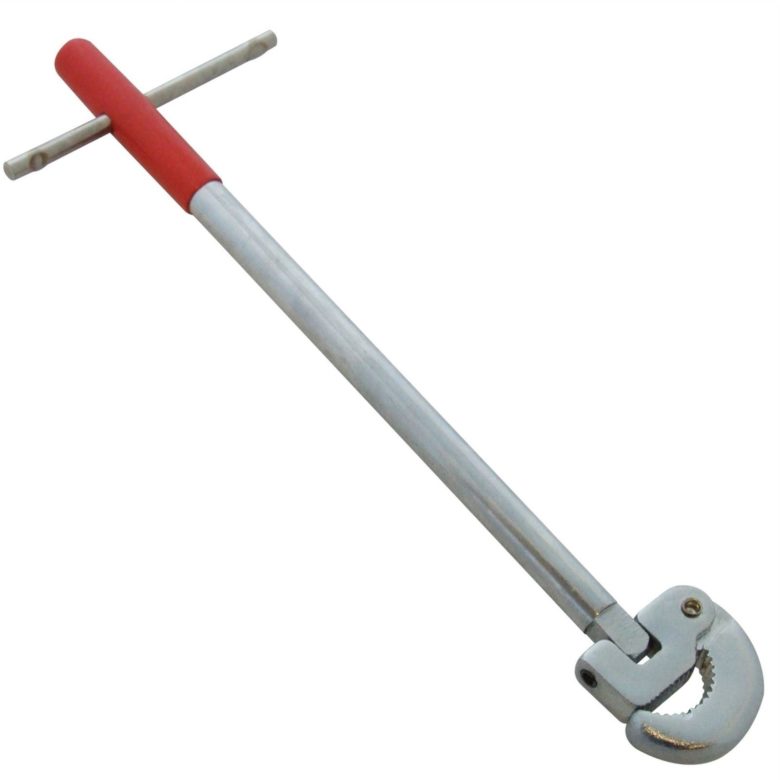
Img source: ebay.com
This key is even more specific and exclusive to the plumber. It is used to remove or tighten nuts and hose couplings under sinks.
4. Pipe cutter
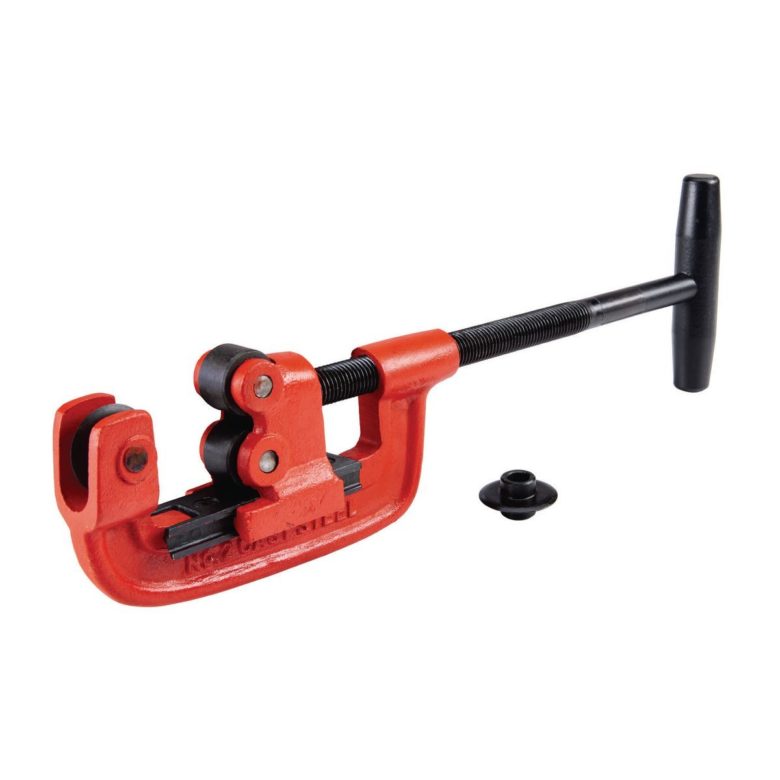
Img source: harborfreight.com
And what’s this? An indispensable tool in plumbing if you want a professional finish. The pipe cutter can resemble scissors with a single blade but with sturdy handles. This type of mechanism, as the name implies, you can use to cut a pipe effectively, since with other utensils the cut can be uneven. What this device achieves is to seize the tube and then, with a very sharp blade, make the cut. And of course, there are models of all kinds, both those that are capable of splitting metal and those that will only be useful for PVC. Handy, right?
5. Pliers

Img source: findel-international.com
Pliers are also included in the repertoire of utensils plumbers need to do their job properly. They are pivotal, especially since they’re capable of exerting great force with their clamp shape. The usage is fixed mainly on the grip of different pieces, whether wood or metal or even cables. Depending on the pliers you have at your disposal, not only you can hold large cables, but also cut and strip them for any operation you need.
On the other hand, if you need to remove nails that have already been fixed, with this tool you’ll be able to do it easily, without spoiling the material on which it has been fixed. Plumbers also use them to loosen nuts that, due to corrosion and contact with water, have lost their original shape, being impossible to get removed with a wrench, such as rounded nuts, or wet elements.
Grip pliers are similar to ordinary pliers, but they offer an exceptional grip.
6. Saws

Img source: m.banggood.com
A plumber requires a tool that can cut any type of material, either PVC or even metal. In general, and depending on the type of services that a professional plumber is able to provide, he should possess several cutting saws, or else, a machine of good performance on which he could exchange the discs or blades. Each disc is designed for a different job, since you simply can’t cut a steel pipe with a blade designed to split wood or plastic. What the plumbers of confidence look for in these devices is a good power and also safety.
7. Flange plunger
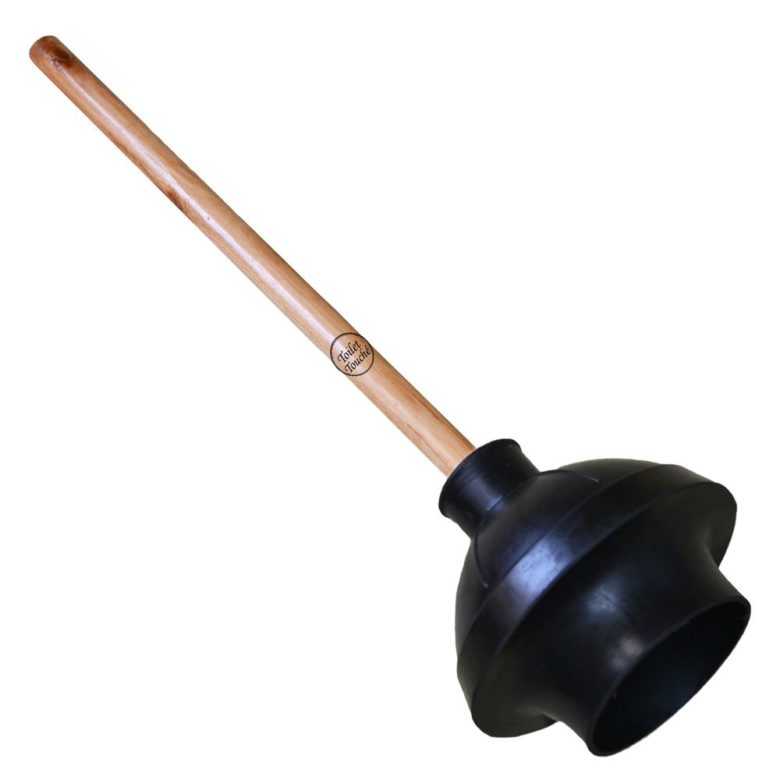
Img source: amazon.com
It’s a special plumbing tool that uses the force of water and a vacuum to accomplish this task. The flange plunger is special because it completely seals the hole in the bottom of the toilet, unlike the normal cup-shaped plunger that a plumber uses for bathtubs and sinks. Each plumber simply has to carry this one in their toolbox before proceeding further with the work.
8. Drain snake
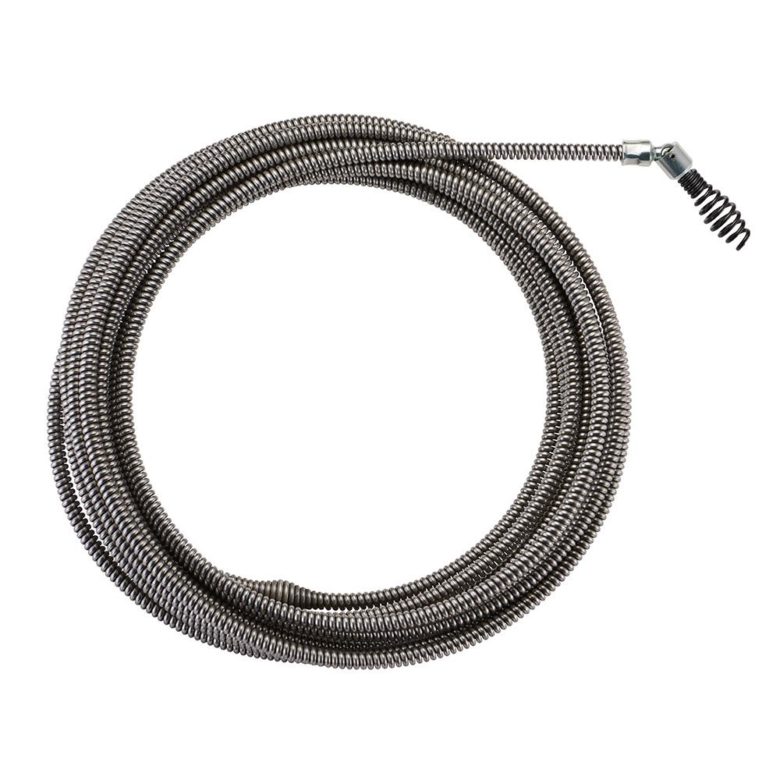
Img source: homedepot.com
When the tubing of a bathtub or sink clogs, a drain snake is a great tool that can easily resolve this problem. It consists of a flexible steel cable and a drum with a crank (some models can be connected to a drill). Cranking pushes the cable towards the drain, where its spiral head breaks and grabs the material that clogs the pipe (the same principle of operation that the large-capacity and much larger drain cleaning machines have).
9. Sealers
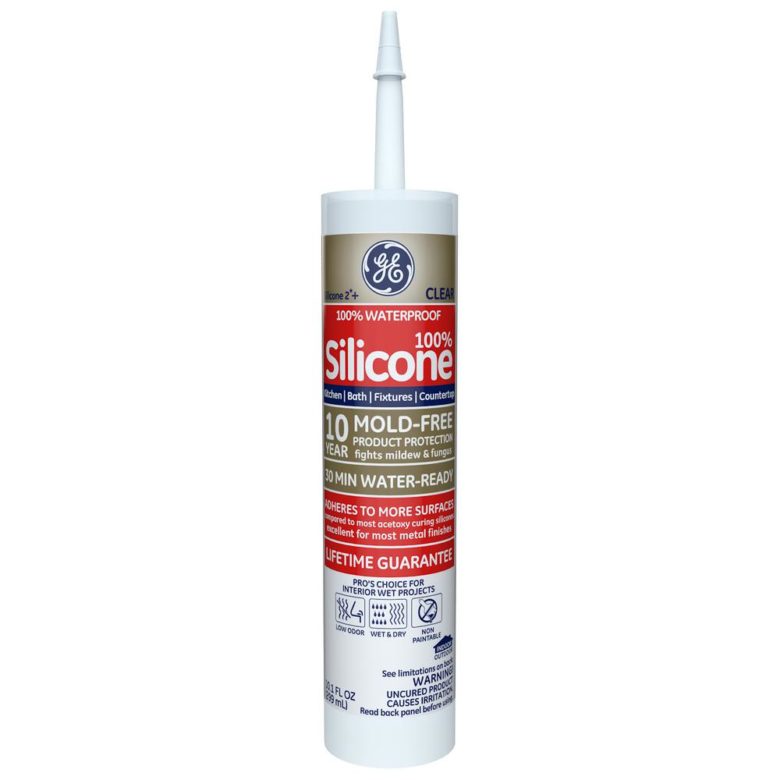
Img source: octopart.com
Plumbers use different types of sealers. Thread seal tape is used on pipeline threads and other types of plumbing joints and fittings. Other sealants that plumbers use are silicone caulking and putty. The type they use depends on the type of repair they’re performing.
10. Blowtorch
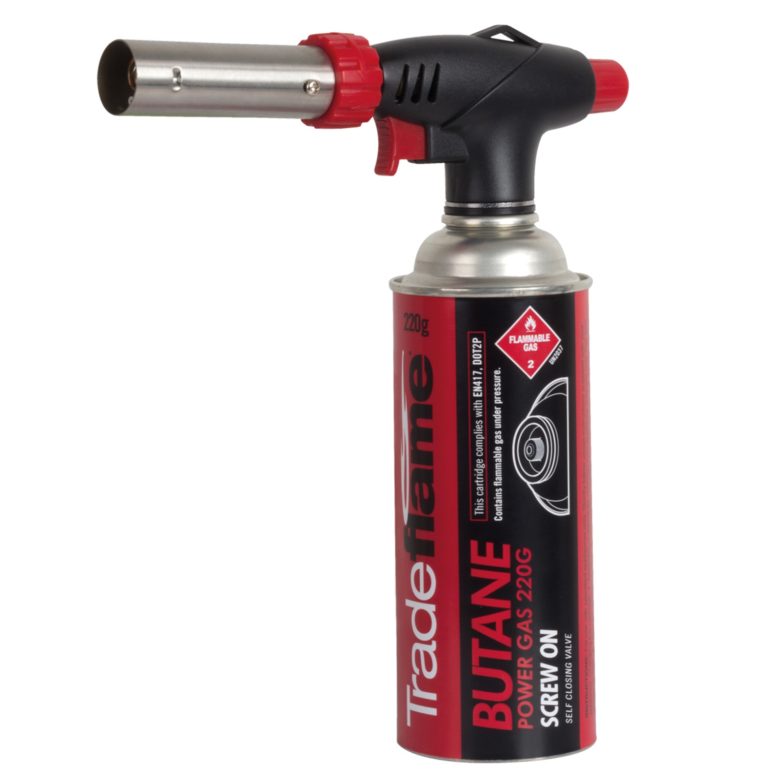
Img source: ebay.com
This one allows the welding material to melt and it must be ensured that it meets all safety regulations to avoid accidents.
Bonus – CCTV cameras
Some plumbing experts like lgps.com.au use more advanced devices. The technology in the use of the CCTV camera for inspection of tubes is a “non-destructive” technique that allows you to see the inside of the pipes and ducts even when they’re full of water. For this purpose, cameras that are capable of operating in total darkness and resistant to immersion and dust have been developed. Thanks to these cameras, professionals are able to analyze the state of the water supply network and record the video session in video format in order to analyze it later, show it to the customer or make a technical report.




